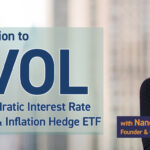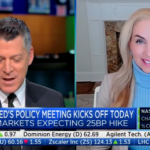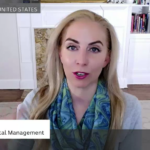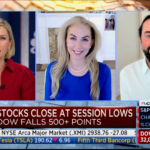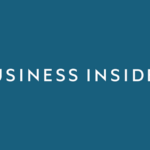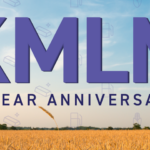
Why No Equities in KMLM Managed Futures ETF?
The KFA Mount Lucas Managed Futures Index Strategy ETF (Ticker: KMLM) does not include an allocation to equities. Many of our trend follower competitors do include them, and as a result, we get asked all the time about the reasons behind excluding them. In the following article, we will explore our approach and our rationale for focusing on commodities, currencies, and fixed-income exposures exclusively in KMLM.
We believe that commercial markets like commodities, currency, and interest rates are fundamentally different than equity markets and need to be accessed in a different way, matching the economic rationale for the markets' existence. Equity markets exist to fund the growth of capitalism and transfer capital from savers to businesses to be invested profitably. That’s a long-only rationale in our mind, as the market participants are overwhelmingly one way. We think this is borne out by the tendency of equity earnings and prices to rise over time as economies grow. It also means that there isn’t a natural investment pool short the equity markets – no one has a business model that relies upon falling equity prices. One way you can see the differing utility functions is in the options market – implied volatility on puts trade at a premium to calls, as the demand for protection of a long investment book is much greater than the demand for call protection on a big real money short portfolio.
Commercial markets are different – they exist for businesses to hedge operating risks, and the economy has hedging needs on both the long and the short side. If commodity investors only invest on the long side, that’s great for Exploration & Production (E&P) companies as they can sell all their production to lock in prices, giving certainty for their operations, but lousy for airlines, which would be unable to buy protection from markets to hedge the damage rising fuel costs would do to their business. We believe investors are wildly underexposed to this risk premium, and combining these approaches makes a lot of sense in a portfolio.
Given many investors are underexposed to the trend-following risk premium and overexposed to the investment risk premium, we think the trend-following investor should want the commercial market exposure, as it’s a great diversifier to the equity and credit-led investment portfolio they already have. Why add more equity? In a portfolio context, you count on the trend following diversification to provide a return in times of instability when the rest of the portfolio is getting hurt. Adding more of what you are trying to diversify away from muddies the water. The real juice comes from capturing the flows on the other side, as instability drives commercial prices in currency, fixed income, and commodity markets.
So why do our competitors add equities? We think there are a few reasons. First, it makes for a better business for the manager, as historically, equity markets do go upwards, and it makes sense for the manager to maximize the expected return of their product, offering a one-stop shop. In our mind, this higher expected return is coming directly from the portfolio or plan they seek to help and dilutes the value of the product to investors. When looking for hedges and diversifying return streams, what you want is convexity (the ability to have an increased payoff relative to the benchmark); adding equity trend following potentially reduces that convexity. The second reason is that the equity markets are very large, and trend-following managers need large markets so that they can grow large, which means that they add equity markets in order to trade bigger funds, which again is for the benefit of the manager at the expense of the investor.
We made a similar argument against long always commodity indices, which were not matched to the underlying economics – those returns weren’t durable over time. Adding equities to the KFA MLM Index is an easy thing to do. Having conviction in the economics that drive the underlying risk premium – that is the hard thing.
Diversification does not ensure a profit or guarantee against a loss.
For KMLM standard performance, top 10 holdings, risks, and other fund information, please click here.




